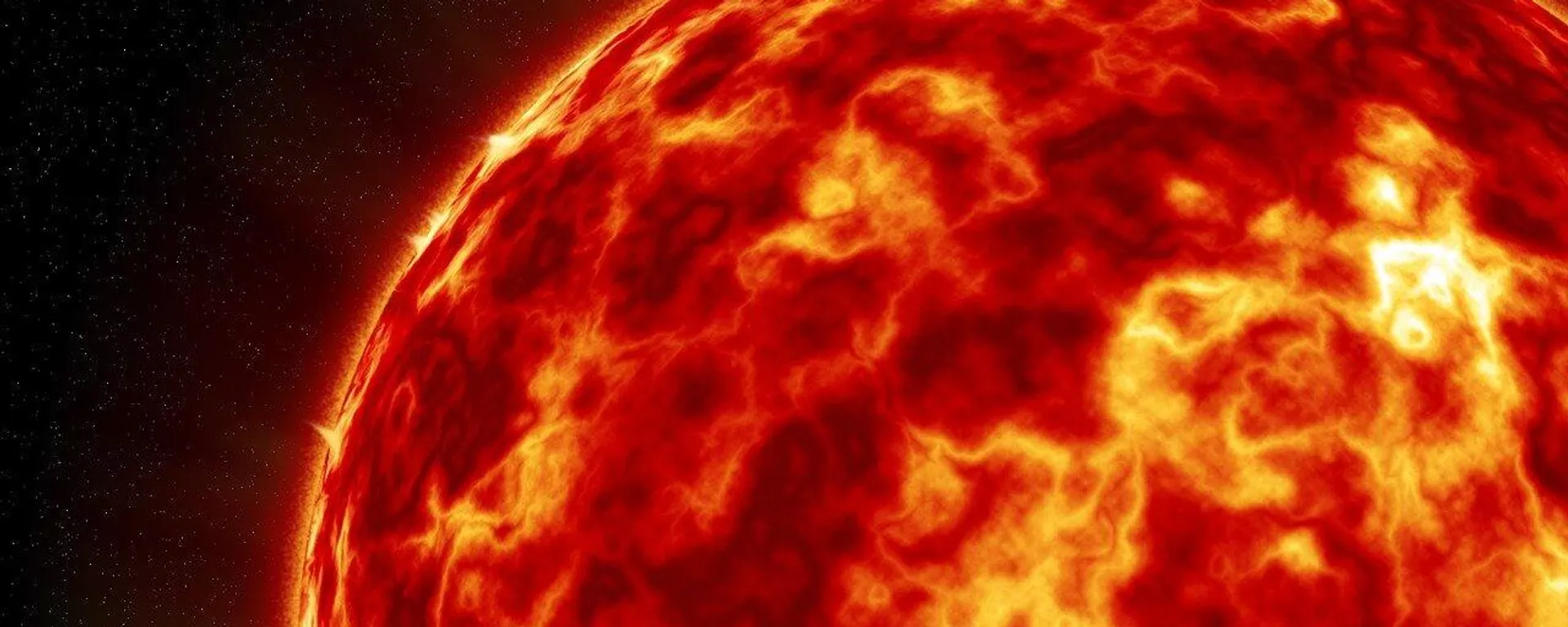Here is an animation of the last 24 hours of #NorthernLights forecasts for North America.
Images from NOAA Space Weather Prediction Center#Space #Aurora #SWPC #NOAA pic.twitter.com/zJEy8qOV4e— Grand Forks, ND Sky Color (@gfndskycolor) August 5, 2024
The aurora borealis dazzled in the sky over northern Michigan on Wednesday. https://t.co/5XdLcIr0vS pic.twitter.com/PLSTXvjyVw
— ABC News (@ABC) August 5, 2024
Aurora borealis could be seen in New York, Idaho https://t.co/2ZOhKmMLZa
— Newsfinale Journal (@NewsfinalePub) August 4, 2024
Today’s weather photos are a look at the beautiful #Auroraborealis over Piper’s Lagoon #YCD very early this morning. I’ll have your #BCday forecast on @CHEK_News at 5.☀️
📷Julie Boyer@CHEK_media #ShareYourWeather pic.twitter.com/AtnEdQdDAI
— Tess van Straaten (@tessvanstraaten) August 4, 2024
CMEs carregam átomos eletricamente carregados conhecidos como íons e quando colidem com a magnetosfera da Terra podem causar tempestades geomagnéticas. Os íons vão interagir com gases na atmosfera da Terra e emitir energia que assume a forma de luz, e essa luz é o que conhecemos como aurora boreal, ou aurora austral no Hemisfério Sul.


Fonte: sputniknewsbrasil









